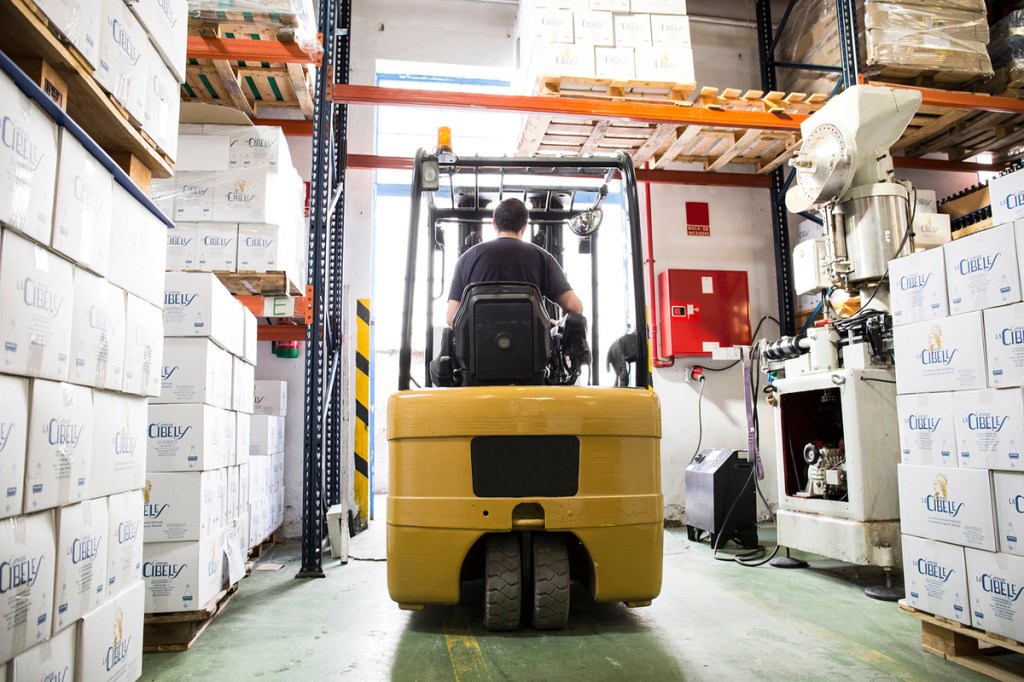How is downsizing accomplished?
Downsizing occurs when a manufacturer reduces costs by removing a marginal amount of volume from every unit sold of a given product. This can be done by either taking out a fixed number of items (removing 2 coffee pods from a 20 pack), or by reducing the total volume (removing 20mL of shampoo). Downsizing often comes with reducing packaging size as well, usually saving additional manufacturing costs.
Downsizing can open production opportunities by consolidating pack sizes and reducing changeover times at plant level.
There is one thing in common with all consumer goods downsizes—regular price and promo prices remain constant. Done correctly, downsizing can reduce the cost/unit of manufacturing a product while having minimal impact on sales.
The key to downsizing is finding a balance—how much volume can I remove without impacting my sales? Generally, taking up to 5-6% of a downsize doesn’t appear to impact sales at all.
Why not downsize every year?
Similar to a price increase, the success of downsizing relies on a change that has a minimal impact on unit sales. With too many downsizes, the change in product size becomes more noticeable to a consumer.
There can also be an issue with creating too much change at a plant level, where making changes every year can greatly disrupt the production cycle.
When is a downsize worth doing?
To determine whether downsizing is worth doing, you need to determine how long it will take to pay off changeover costs, including:
- Listing/nuisance fees
- Liquidated inventory
- Packaging write-offs
- Cost of creating new packaging
- Tooling costs
The goal is to have a payback period of under 1 year. The cost of the changeover/downsize savings per unit = # of units needed to sell to break even.
You should also consider if the consumer will recognize the change in your product, the timing and management of the change, if there are any packaging requirements that will not be met, and you should aim to hit the correct planogram windows.




